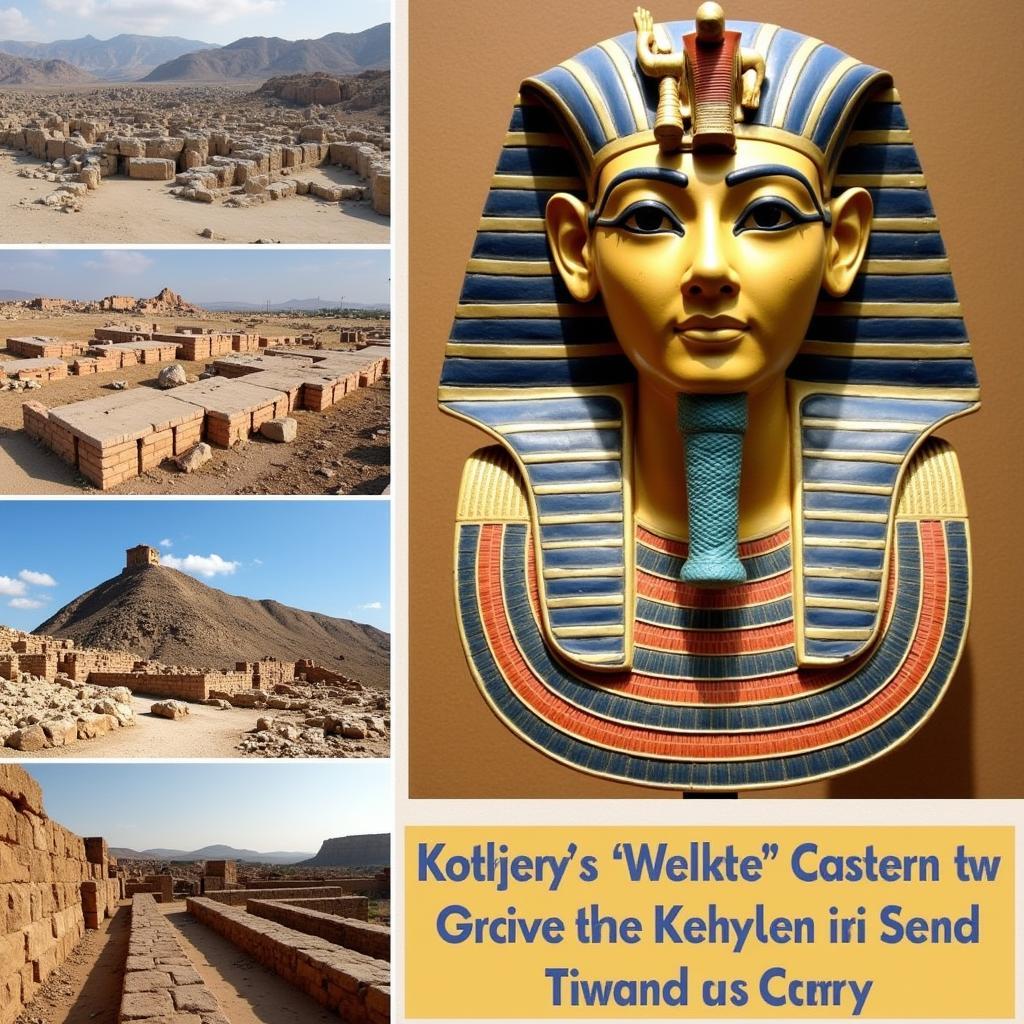Matching anthropologists with their specific research areas is crucial for understanding the breadth and depth of anthropological study. This article provides a guide to connecting key figures in anthropology with their respective fields of expertise, offering valuable insights into the diverse world of human cultures, past and present.
Key Anthropological Research Areas and Their Pioneers
Anthropology, the study of humankind, encompasses a vast range of research areas. Understanding these areas, and the anthropologists who have shaped them, allows us to appreciate the complexity of human existence.
Cultural Anthropology: Exploring the Diversity of Human Societies
Cultural anthropology focuses on the learned behaviors, beliefs, and customs of human groups. This field examines how cultures shape our lives and how we, in turn, shape our cultures.
- Franz Boas: Often considered the “father of American anthropology,” Boas championed cultural relativism, arguing that each culture should be understood on its own terms, rather than judged against Western standards. He conducted extensive fieldwork among Native American tribes, emphasizing the importance of ethnographic research.
- Margaret Mead: A student of Boas, Mead’s groundbreaking work on adolescence and sexuality in Samoa challenged prevailing Western notions about gender roles and cultural determinism. Her research highlighted the influence of culture on individual development.
- Clifford Geertz: Geertz pioneered interpretive anthropology, focusing on the symbolic meanings embedded within cultural practices. His thick descriptions of Balinese cockfights, for example, revealed the complex social and cultural dynamics at play.
Archaeology: Uncovering the Past Through Material Remains
Archaeology investigates past societies by excavating and analyzing material remains, such as tools, pottery, and architecture. This field provides invaluable insights into the lives of our ancestors and the development of human civilizations.
- Lewis Binford: A key figure in the “New Archaeology” movement, Binford advocated for a more scientific approach to archaeology, emphasizing hypothesis testing and the study of past ecological systems.
- Kathleen Kenyon: Known for her meticulous excavations at Jericho and Jerusalem, Kenyon’s work significantly advanced our understanding of the early history of these important sites.
- Howard Carter: While not strictly an anthropologist, Carter’s discovery of Tutankhamun’s tomb captured the world’s imagination and sparked widespread interest in ancient Egypt.
 Key Archaeological Discoveries: Jericho, Jerusalem, and Tutankhamun's Tomb
Key Archaeological Discoveries: Jericho, Jerusalem, and Tutankhamun's Tomb
Biological/Physical Anthropology: Examining Human Evolution and Variation
Biological anthropology explores human evolution, primate behavior, and human biological diversity. This field examines the biological and behavioral aspects of what it means to be human.
- Donald Johanson: Johanson’s discovery of “Lucy,” a 3.2-million-year-old hominin fossil, revolutionized our understanding of human origins.
- Jane Goodall: Goodall’s pioneering research on chimpanzees in Tanzania revealed their complex social structures, tool use, and emotional lives, challenging traditional views about human uniqueness.
- Dian Fossey: Fossey’s dedicated study of mountain gorillas in Rwanda brought attention to their plight and contributed significantly to primate conservation efforts.
Linguistic Anthropology: Deciphering the Role of Language in Culture
Linguistic anthropology examines the relationship between language and culture. This field explores how language shapes our thoughts, social interactions, and worldviews.
- Edward Sapir: Sapir’s work on the relationship between language and thought laid the foundation for the Sapir-Whorf hypothesis, which suggests that language influences our perception of reality.
- Benjamin Lee Whorf: Building on Sapir’s ideas, Whorf further developed the concept of linguistic relativity, arguing that different languages lead to different ways of thinking.
- Dell Hymes: Hymes developed the concept of communicative competence, which emphasizes the social and cultural context of language use.
Conclusion: Connecting the Dots in Anthropology
Matching anthropologists with their research areas provides a crucial framework for understanding the diverse and interconnected fields within anthropology. By exploring the contributions of these key figures, we gain a deeper appreciation for the complexity of human cultures, past and present. This knowledge allows us to better understand ourselves and our place in the world.
FAQ
- What is the difference between cultural and biological anthropology? Cultural anthropology focuses on learned behaviors and customs, while biological anthropology examines human evolution and biological variation.
- What is the significance of archaeological research? Archaeology provides insights into past societies through the analysis of material remains.
- How does linguistic anthropology contribute to our understanding of culture? Linguistic anthropology explores the relationship between language and culture, revealing how language shapes our thoughts and worldviews.
- Who is considered the “father of American anthropology”? Franz Boas is often considered the “father of American anthropology.”
- What is the Sapir-Whorf hypothesis? The Sapir-Whorf hypothesis suggests that language influences our perception of reality.
Need assistance? Contact us at Phone Number: 0904826292, Email: research@gmail.com Or visit our address: No. 31, Alley 142/7, P. Phú Viên, Bồ Đề, Long Biên, Hà Nội, Việt Nam. We have a 24/7 customer support team.